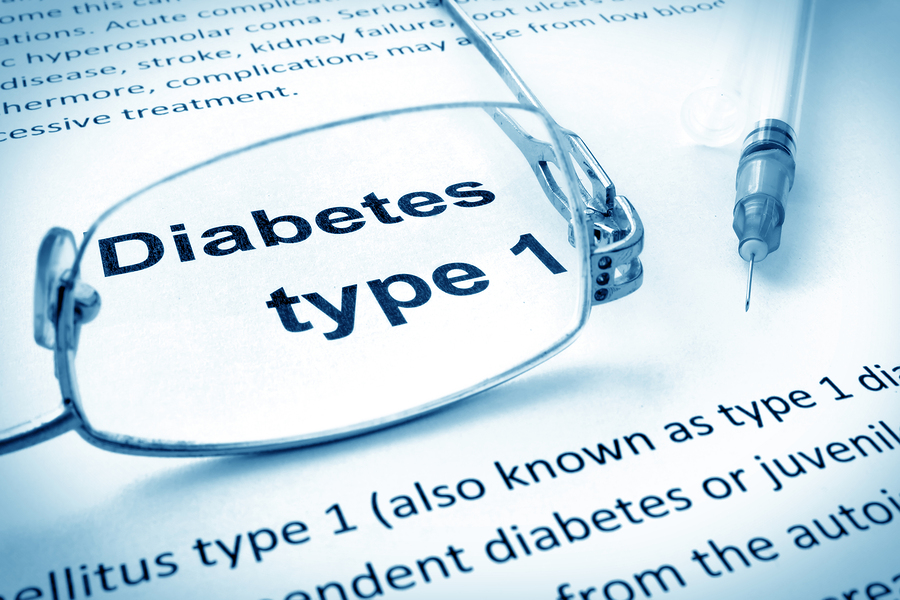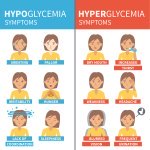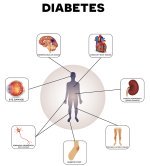Juvenile Diabetes Symptoms

Common juvenile diabetes symptoms every parent should be aware of. But first, lets talk about what juvenile diabetes is and what causes it.
Juvenile Diabetes Mellitus, also known as Type 1 Diabetes is caused by the infantile destruction of pancreatic cells due to malfunction of the immune system. The insulin, the hormone that helps the body transport the glucose contained in food into cells, is malfunctioning or missing. As a result of this, no insulin can be produced, and the glucose or sugar stays in the blood stream instead, where it can cause severe damage to all the organ systems within the body.
It is commonly believed that juvenile diabetes is caused by a genetic disorder or autoimmune disease. I suspect the latter is more common and there is even evidence that it may be brought on by vaccination. (Vaccines can hyperstimulate the immune system, causing autoimmune diseases like diabetes, asthma, etc.)
Living with Diabetes
For this reason, individuals with type 1 diabetes must take insulin in order to assure that glucose can get from their blood into their cells to be used for energy. This usually means administrating insulin injections daily or having insulin delivered to the body through an insulin pump. Testing blood sugar by pricking the fingers for blood four or more times a day is also part of the regular routine a child with diabetes goes through.
Juvenile diabetes patients must also carefully balance their diet and their exercise routine in order to regulate or manage their blood sugar levels. This is important to prevent hyperglycemic (high blood sugar) and hypoglycemia (low blood sugar) reactions, which are dangerous and life threatening.
There is no cure for Type 1 Diabetes. That being said, there are a lot of things that can be done to preserve the health of a juvenile diabetic. The biggest improvement to managing blood sugar levels with minimal use of insulin can be achieved by eliminating all sugar and simple starches from the diet along with all processed food.
A diet that includes regular meals with a healthy protein, green vegetable and healthy fat will minimize blood sugar fluctuations and minimize the need for injecting insulin. By managing blood sugar levels this way complications are minimal and a child can expect to live a normal life span free from the many complications caused by wildly fluctuating blood sugar levels.
Recognizing juvenile diabetes symptoms
The warning signs for Juvenile Diabetes include:
• Increased appetite
• Sudden weight loss
• Extreme thirst
• Frequent urination
• Lethargy
• Sugar in the urine (when tested)
• Vision changes
• Fruity, sweet, or wine-like breath odor
• Heavy breathing
• Unconsciousness.
Type 1 Diabetes is normally diagnosed in children, teenagers, or young adults. Researchers and the medical community do not know exactly what causes type Juvenile diabetes (1 diabetes), but they believe that autoimmune, genetic, and environmental factors play a part in it.
Living Healthy
As is the case with almost any disease, living a healthy lifestyle is important to successfully manage the disease. An overall healthy diet not only increases your chance of effectively managing your Type I diabetes, but allows your digestive system to perform correctly, and your brain to function properly. Generally, effectively controlling your blood sugar levels with a healthy diet and consistent exercise will give you the opportunity to live a normal lifestyle.



New! Facebook Comments
What do you think? Share your thoughts below...